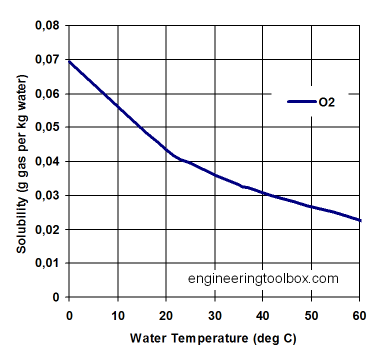Some interesting thoughts here. I think there is some misunderstanding of the nature of cork though. Cork is indeed a porous material but, as previously stated, can create a perfect seal. Cork is made from bark and bark does allow for gas exchange in a living tree. However, corks are cut and inserted into wine perpendicular to the pores, which run in a single direction. Take a look at a quality cork next time you open a bottle and you’ll see that the pores run cross-wise, not length-wise. If there is gas exchange occurring, it is far more likely occurring between the cork and the bottle, not through the cork.
In terms of the effects of temperature fluctuations on wine, I can only offer my own anecdotal evidence. I store wine in three places, two of which are temperature controlled and one of which is a rack in a bedroom of my house. The bottles in this rack experience daily temperature fluctuations roughly equivalent to what I allow the house temperature to fluctuate at (the minimum is typically 5 degrees F per day). In the fall and spring, we open the windows throughout the house and temperatures fluctuate greatly, sometimes by as much as 20 degrees in a single day. Summer time highs can reach 80 in this room and fall nighttime lows can reach the mid 50s. While this rack is intended for near-term drinking, I’ve had bottles stored in this rack for over four years before I get to them. I haven’t done a side by side comparison, but I have tasted identical wines stored in this manner and from my offsite within the same week. I have yet to notice a difference. I have also not observed any difference in the elasticity or dryness of corks stored in the temperature fluctuating rack.
